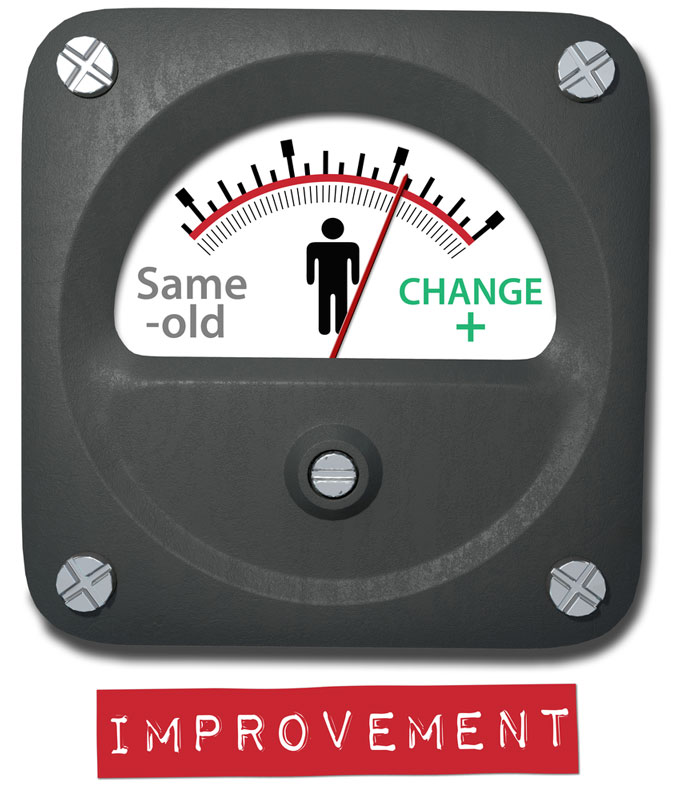In this weeks article, I examine the role and requirement of exercise for lower back pain.
Is it effective and what should you be doing? Read on to find out more.
Four out of five Americans will experience back pain and it is one of the most debilitating physical issues in the modern world.
Researchers discovered the prevalence of lost-workday back pain was 4.6%, and individuals with work-related cases lost 101.8 million workdays owing to back pain
Although bed rest was once considered a critical part of back pain recovery, it has now been shown that, apart from the initial stages of back pain, exercising shows the greatest benefits to those suffering from back/sciatica pain.
When reviewing the data researchers concluded that 2 days of bed rest for acute LBP was as effective as 7 days and resulted in less time lost from work.

Getting moving again is vitally important for recovery as extended bed rest can slow your recovery and increase other risks.
How prolonged bed rest may worsen your back pain
Muscle wasting
When you don’t use your muscles, they lose condition and tone and your body becomes weaker and less able to support you or your spine.
Reduction in nutrient delivery
When you are lying in bed, your heart rate decreases and blood flow becomes slower. The soft tissues and spinal discs cushioning the vertebrae rely on blood flow to deliver the nutrients and oxygen they need to function and to heal.
Prolonged inflammation
Bed rest also slows the exchange of fluids around the spine, which can prolong swelling and inflammation.
Change in spinal biomechanics
Prolonged periods of lying down alter the normal lordotic (reverse-C shape) curve of your lower spine and makes it more flat, altering the normal mechanics of your spine.
Now, this is not to say you must keep pushing through the pain and not ever lie down, that is simply not true.
Small doses of bed rest can provide a break from severe pain, but as I said too much bed rest can make back pain worse. You should limit bed rest to short periods of time and use rest for a few hours when you need a break from severe pain.
Finding a comfortable position in bed can be very difficult depending on the reason for your pain (muscular strain, herniated disc, sciatica, facet syndrome etc) so please take a look at my article here on the best sleeping positions for lower back/sciatica pain .
So what are the best exercises for lower back pain?
There have been numerous studies using various exercise modalities such as yoga, resistance training, core training, walking, swimming, lumbar stabilization and a combination of them in looking at lower back pain reduction and an improvement to peoples quality of life.
They have generally all brought about positive results but there are some fundamentals of the most effective programs which I promote and people should adhere to if they want the best results.
I don’t recommend you jump into 400lb squats, 200lb bench press and a 10 mile run just yet!

You want to start with a program that encourages stabilization of your core and the lumbar region as well as including stretches to ensure your mobility is not compromised.
It has been shown in many studies that stabilization of the core and lumbar spine brings about longer lasting pain relief than a basic generic strength training program.
An initial program should focus on learning to stabilize your core and learning to effectively brace whilst performing various activities.
I have a short video below on how to perform an abdominal brace:
The idea is that we perform an abdominal bracing movement that maintains our spinal stability.
This will allow us to do other movements without unnecessary stress on our lower backs, which of course allows us to get stronger and reduce the pain effect.
The program should include focused core movements such as the abdominal bracing but also total body movements which teach you how to maintain a strong stable core whilst performing a more technical multi-joint exercise such as a press up or bird dog.
I explain some effective core movements including the bird dog in the video below:
Progressing your lower back exercise program
The program should be progressive and certain movements and exercises will need to be adapted depending on the source of your pain (muscular, disc herniation, stenosis, facet syndrome, sciatica etc) but with the correct guidance, pain relief can be found with exercise.

You must of course be consistent and as you progress you should look at changing up your program to ensure you do not plateau and that you are stimulating the muscles enough to get the desired effect of becoming stronger and reducing pain.
This gradual progression in exercise planning is called periodization and it is necessary so you can measure your progress and see the results of your hard work.
It could be something as simple as holding the plank position for 5 seconds longer each time you do it or walking that extra half a mile, it all adds up.
Yes, there will be days where your performance isn’t as good as the last session, that happens to the best of us but we are looking at the overall progress we make through the whole period, not just one particular session.
Is cardiovascular exercise good for lower back pain?
One should not dismiss cardiovascular health as it is necessary to improve our endurance, helps with heart health and can help prevent excessive weight gain. It is also one of the easiest exercises to perform and of course, it is free!

It has also been shown that when it is combined with a strength training program focused on stability and core strength it is more effective than strength training alone at reducing pain.
Additional benefits of exercise for lower back pain
Maintaining a healthy weight
Exercise not only helps improve your back pain it also helps you to lose any unnecessary weight you may be carrying and helps prevent weight gain.
Researchers have already ascertained that obesity increases your risk of degenerative disc disease so maintaining a healthy weight should be part of your rehabilitation and preventative program.
Psychological wellbeing and pain relief
Exercise has been well studied in regards to mental health and it brings many benefits which are mainly down to endorphins the body’s natural “feel good” chemicals.
Scientists also theorize that these endorphins are the mechanism behind the decrease in chronic lower back pain subjects have reported in numerous studies and the increased feelings of wellbeing after completing a bout of exercise.
What you need to do before exercising with lower back pain
Exercising can help alleviate your lower back pain and improve your ability to perform everyday activities.
Before you start though, make sure you talk it over with your doctor and get his/her consent.
You should also seek out a suitably qualified therapist/trainer who can assist with creating the correct exercise plan for you based upon your underlying condition.

If you are going to do it on your own with online research and youtube videos (some content there is great, I know!) then I always recommend that you video yourself doing the exercise and then compare it with the one you are emulating.
This is to let you see if you are making any mistakes as obviously there is no trainer watching over you so it is good to go and review yourself in case you end up doing more harm than good.
Some dos and don’ts for exercising with lower back pain
– To reap the most benefit from strength training, aim to do it 2 or 3 times a week for half an hour.
– Try to do some form of cardiovascular exercise 3-5 times a week, this can be something as simple as going for a walk for 30 mins
– Ensure you warm-up for a few minutes before exercising by using heat therapy (heat pads) and doing simple stretches and mobility movements
– Focus especially on exercises that can build strength in your core muscles (back, abdominals, obliques, buttocks, and proximal leg muscles).
– You don’t have to join a gym to do strength training. It is possible at home, and the resistance can come from small hand weights, resistance bands, gravity and suspension trainers.
– To protect your back, avoid exercises that involve extreme or abrupt jerky moves. As I said before we need to start slow and steady. Focus on resistance training that takes advantage of the eccentric (where the muscle lengthens under tension) and concentric (the muscle shortens under tension) strengthening.
– If you’re experiencing a sustained increase in your back pain, take some time off to let your body recover and if working with a trainer make sure to inform them. Do not go for the “no pain no gain” attitude.
– Some soreness is okay and to be expected, but sharp stabbing pain is not normal. If you feel any sharp, abrupt sudden pain while exercising, stop right away.
I hope the above information has proven to be useful for you and if you have any questions or comments you can simply hit me up in the comments section below.
If you or someone you know is struggling with lower back pain problems or sciatica nerve issues please sign up for my lower back/sciatica email tips.
Every week I send you videos and exercises along with behavioural modification techniques which will help to reduce your pain and put you on the road to recovery.

